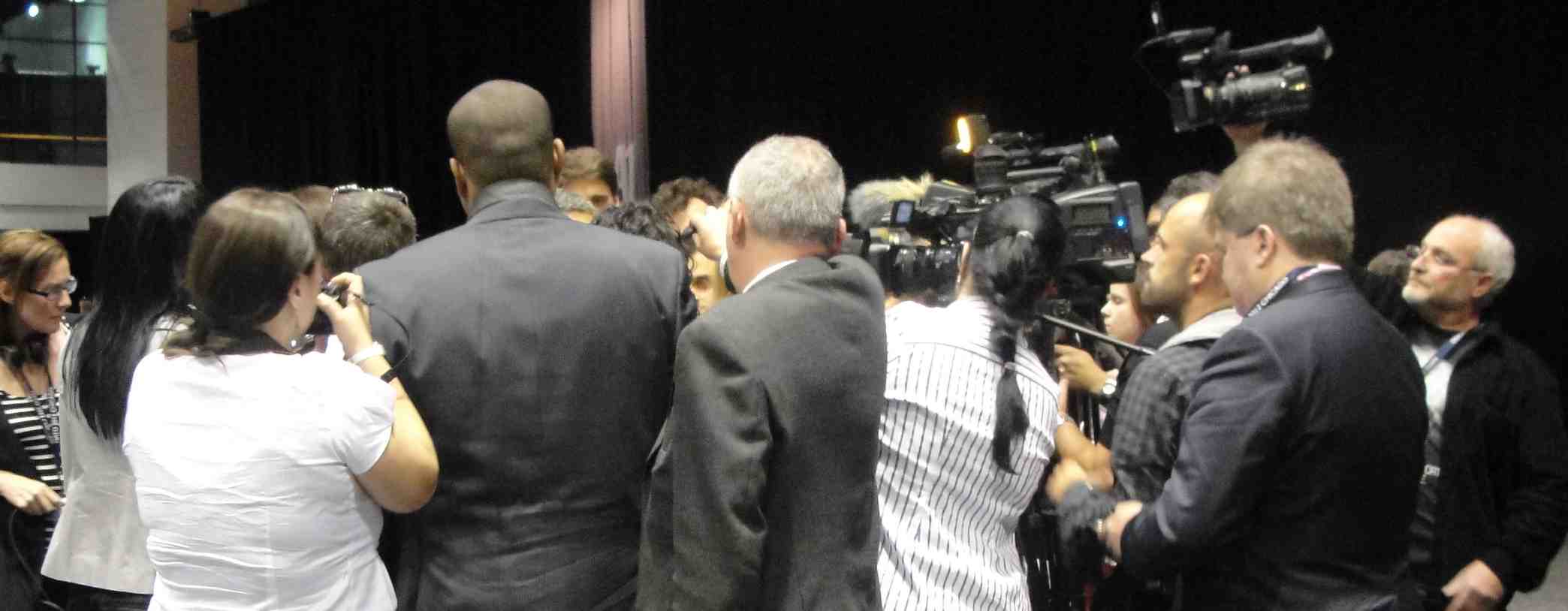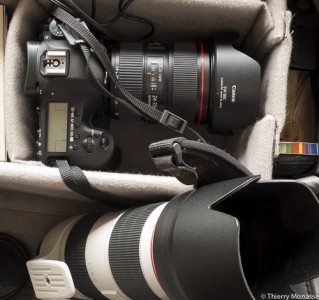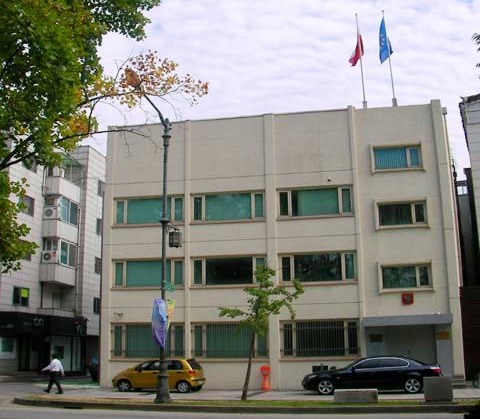Photographic boycott
(BRUSSELS2) Photographers accredited to the European Union feel poorly considered and poorly treated by the High Representative, Catherine Ashton. They are constantly tossed between authorizations and prohibitions. Certain access to VIP points or public events is prohibited. The photographs are then distributed by the official service. Which is contrary to the usual practices of the press in Brussels.
Some of them have therefore decided to "boycott" the High Representative. At the last meeting of the Council of Foreign Ministers, the order was kept. No photographer took a photo of the High Representative during the round table (only the official photos therefore exist). Rare gesture. It must be said that if mood swings can be frequent among journalists and photographers, the boycott is an exceptional act. This gesture should be taken into consideration, especially since the bad mood is not isolated.




Thank you for your article, even if the problem is not limited to a matter of self-esteem, resentment or abuse. We must not exaggerate: we are not mistreated and we do not feel more poorly considered by Mrs. Ashton than by other eminences or “simple” spokespersons with the European Institutions. It is no more and no less than a lack of respect for us and for our time: One day we are invited to a photo opportunity at 10am; we come, we wait; at 11 a.m., we are told that the photo will be taken at noon, and at 15:15 p.m. we are told that it is cancelled. Another day we are told at 30:15 p.m. that a photo opportunity will take place at NATO at 30:16 p.m. -hello the stress of arriving on time, we don't have an escort-; at 16:05 p.m. we wait for Madame who does not come, we then receive a message, at XNUMX p.m., saying that the photo will be taken at the council at XNUMX:XNUMX p.m. We play with our feet. So we boycott.
On the other hand, other events are forbidden to us but we find the photos on flicker afterwards: Madame has lunch with so and so, Madame signs an agreement, Madame in the elevator, Madame here, Madame there. Where is the logic ?
Finally, photographers work (they are civil servants and paid for) for the press services or audiovisual units of all the EU Institutions which broadcast their production to the media IN ANY WAY.
This is not contrary to the usual practices of the press in Brussels because they are not press organisations. These services replace it and create absolutely unfair competition with independent photographers and cameramen or agencies by offering images - less and less of poor quality - FREE to the media.
The usual practice of the press is limited, fortunately for us, to refusing to exploit these images.
(I say fortunately, because everything is fine:http://www.lemonde.fr/actualite-medias/article/2013/05/30/le-chicago-sun-times-licencie-l-ensemble-de-ses-photographes_3421446_3236.html )
Eric Vidal / freelance photographer